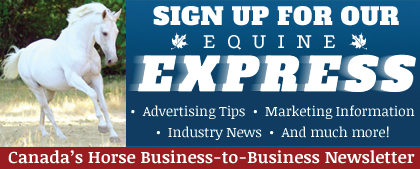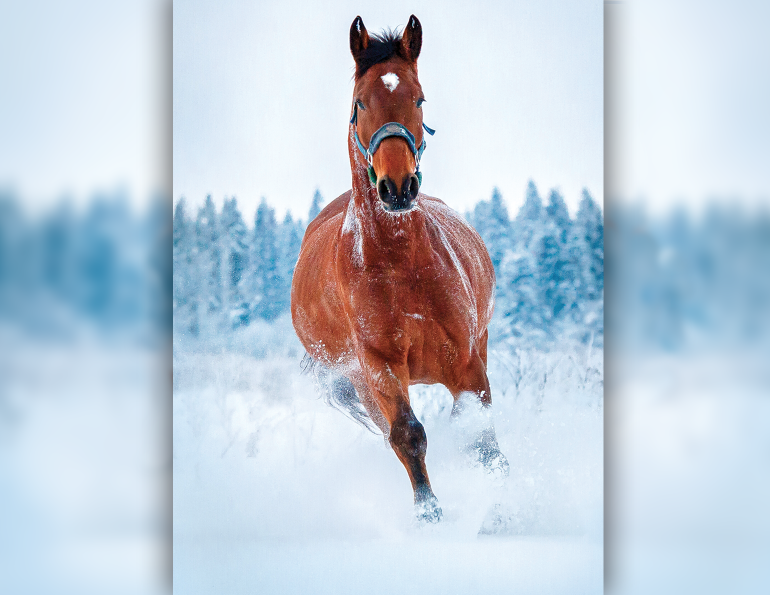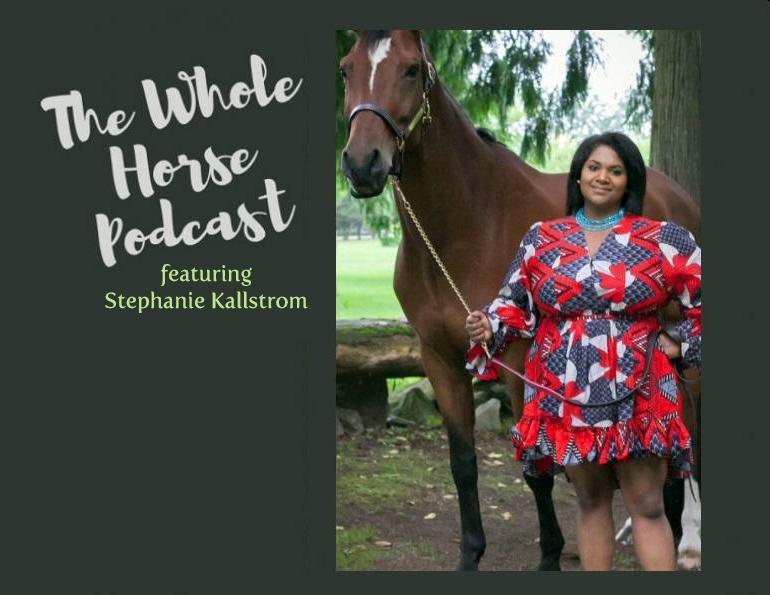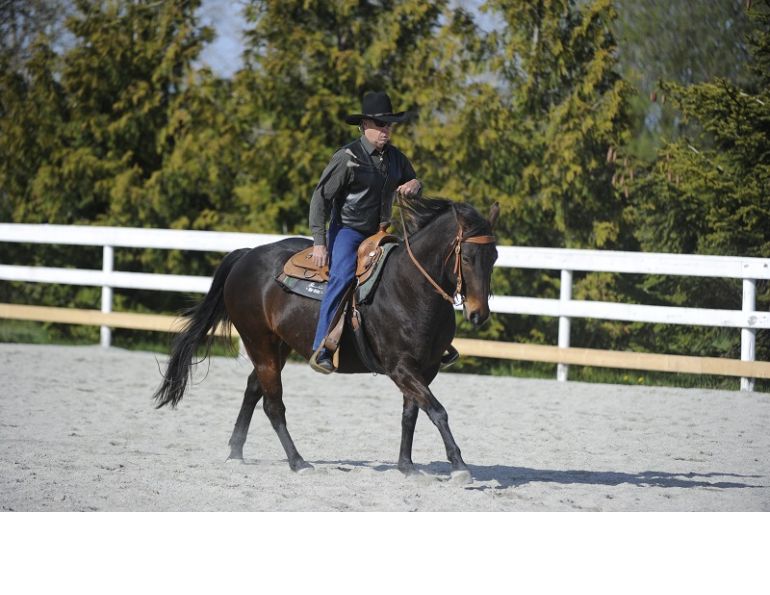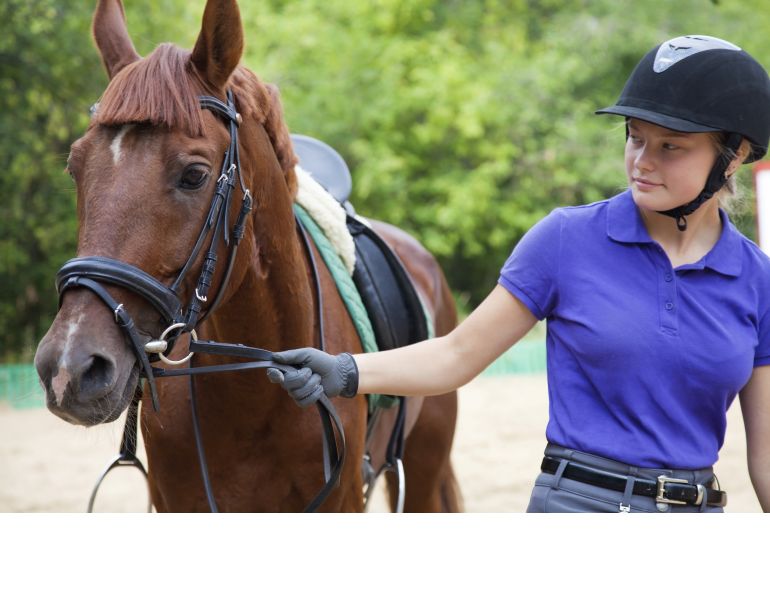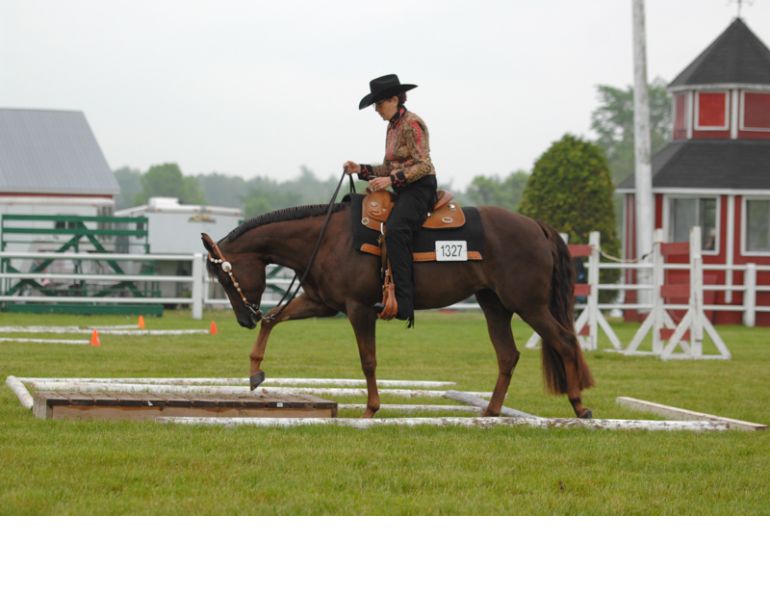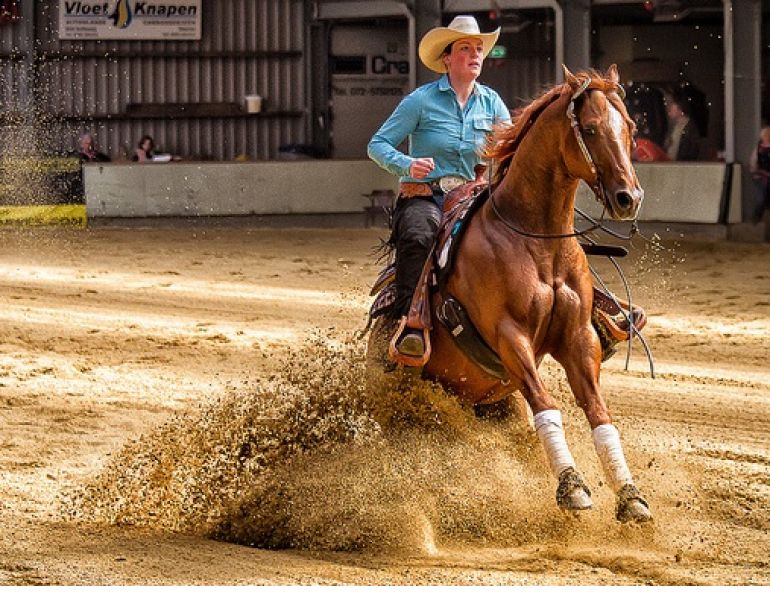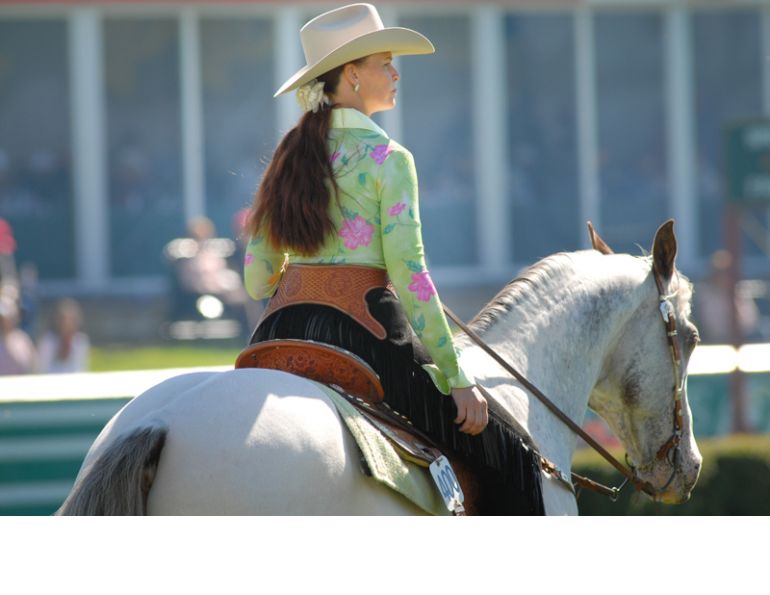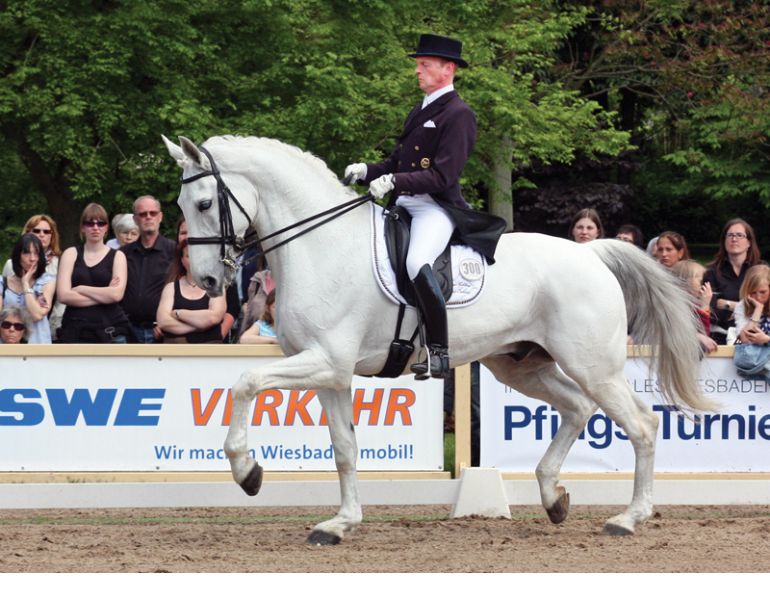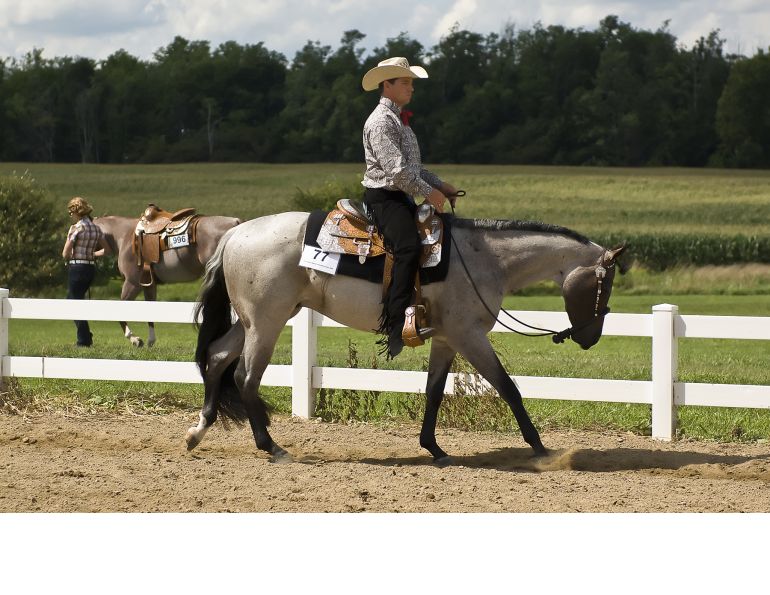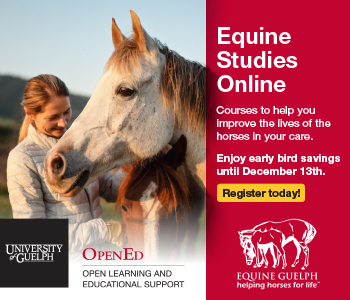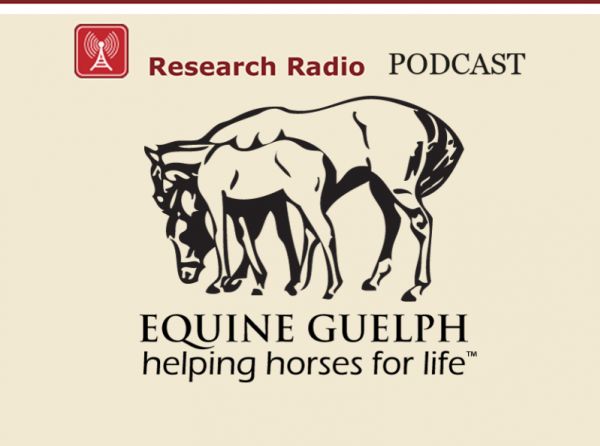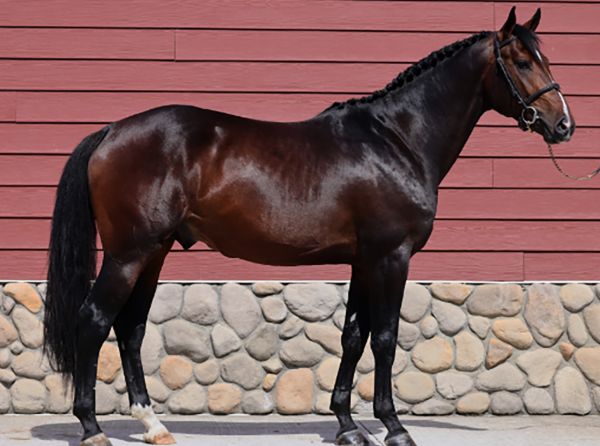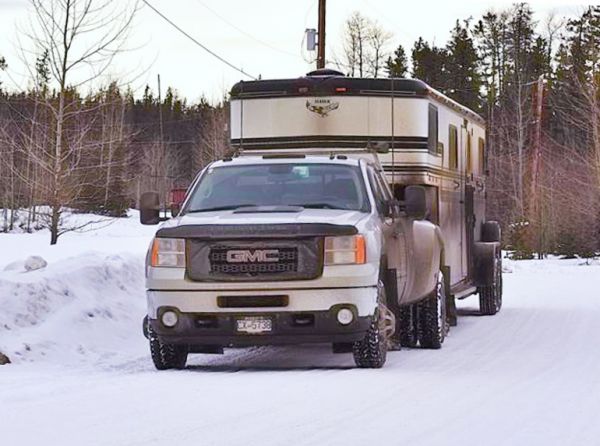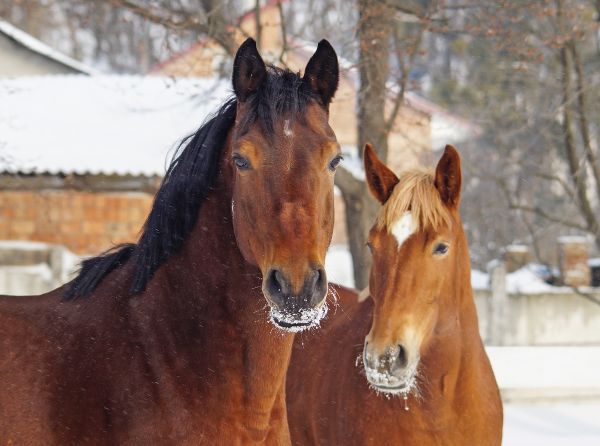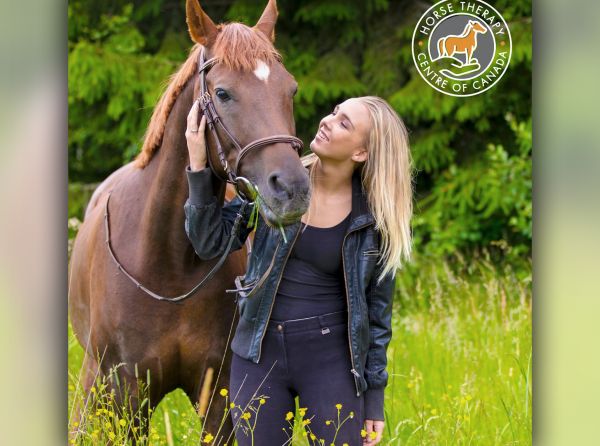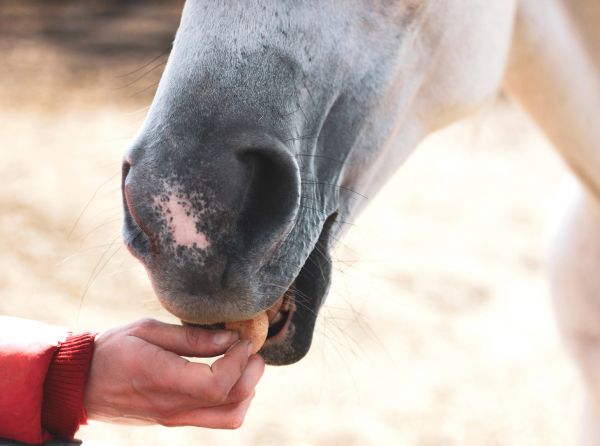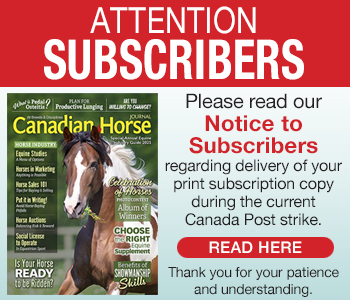With Matthew Hudson
By Jess Hallas-Kilcoyne
“When a horse is collected – which means that he is engaged from behind and elevated up front and light in the mouth – it is much easier for him to perform any required task, especially the demanding manoeuvres of a reining pattern,” says top Canadian reining competitor and trainer Matthew Hudson. “If we can make it easier for the horse, then, in turn, he will be more willing mentally to try. If you try to get your horse to spin or do a sliding stop when he is strung out, hollow-backed with most of his weight on the forehand, high-headed, and heavy in your hands, it won’t be easy for you or the horse, and it definitely won’t be pretty.”
“A horse that is engaged and collected will drive up under himself using his hindquarters, rounding his back, elevating his forehand, flexing at the poll, and staying soft in the jaw so that the rider can drive the horse forward and maintain a light contact with the reins,” he continues.
One of the things Matthew stresses is the importance of preparing the horse physically and mentally for the work that is required, and this means taking into consideration the horse's conformation.
“As reiners, we are often riding small, 14.1 to 14.3 hand horses that are stocky, with wide chests and short necks, all of which is conducive to them traveling heavier on the front end,” he points out. “On some horses, as we engage the hindquarters, elevate the forehand, and get them to break at the poll, the whole neck rises and we have them moving with a ‘swan neck’ look. The trick then is to get them to break at the withers, too, so they move with a flatter and more natural look to their overall frame, not mechanical or intimidated.”
Exercise #1: Breaking at the Withers
Traveling on a circle to the left in a jog or lope with the horse slightly flexed to the left, pick up on your left hand. Then, with your right hand, use a low, wide opening outside rein. Hold this and drive the horse forward until he finds his balance and levels out. Release softly to reward.
|
Teach your horse to break at the withers so he can move in a flatter, more natural frame. |
“This is repeated until the horse understands and can carry himself low-headed but still elevated in the shoulders and rounded in the back and soft in my hands,” says Matthew. “It is a repetitive exercise that enables the horse to form and strengthen the necessary muscles, and learn to be comfortable and safe in this desired frame. There is no need to lose your patience and jerk or punish the horse.”
Another challenge reiners face in competition is maintaining collection on a loose rein.
“Driving the horse forward into your hands with a light contact (often with two hands) and getting the desired effect in the warm-up pen is one thing,” says Matthew. “How do we achieve the same effect riding one-handed with almost no contact and manoeuvring them throughout the pattern in the show pen? How can we be confident they will stay collected?”
“This is a matter of doing your homework,” he continues. “You need to build their trust and confidence in you, and in turn you will have trust and confidence in them. In training, I will go one-handed and leave my reins completely loose – giving them the opportunity to make a mistake. Horses, like humans, will make mistakes. That’s okay. This is your training opportunity.”
Exercise #2: Make a Mistake and Overcorrect
The key to allowing your horse to make a mistake lies in not “babysitting” your horse. By allowing the horse to make a mistake, and then correcting him, you teach him that his initial action was a mistake.
|
Don't babysit your horse. Allow him to make mistakes that can be used as training opportunities. |
For example, if your horse drifts to the outside across the centre while traveling on a circle, don’t immediately correct him or try to hold him on the circle, but let him drift completely off the circle.
“Now you have a training opportunity,” says Matthew. “There are several options: You can turn to the inside of your circle heading toward the centre to realign your horse, or you can simply stop him and turn or spin him to the inside. Either way, you’re telling him that drifting to the outside was not an option. Heading to the inside of the circle or spinning to the inside is an overcorrection for a drift to the outside. Don’t just put them back on the circle. Overcorrect to the inside.”
But, Matthew emphasizes, don’t confuse overcorrection with punishment. The goal here is to educate the horse, not punish him.
“As reiners, we are required to show our horses at a young age – three years old,” Matthew reminds us. “Since we show them so young, we need to build their confidence and trust from day one. We don’t have a lot of time to get our finished product ready to show. We need to build a strong foundation. We do this by staying patient, listening to and feeling them. Are they hurting? Are they tired? Are they confused? The horse needs to learn to give to us but still feel safe and not worried. Remember that, like us, every horse is different, and if we don’t do these things, then we will be riding a horse that is either scared or mad, and that isn’t a win-win situation for horse or rider.”
 |
About Matthew Hudson Only 25 years old and with over $150,000 National Reining Horse Association (NRHA) earnings, Matthew Hudson is well on his way as one of the top Canadian reiners in the industry. Originally from Hopewell Hill, New Brunswick, his career took him to Quebec at age 14, then to the U.S., and then to four years in Italy where he was Level 3 Open Reserve Champion at the Italian Derby. Matthew now resides near Montreal where he trains for Ferme Equestre Excalibur, and his accomplishments in the past two years include: Oklahoma NRHA Futurity Open Level 3 Finalist (2011); North Carolina NRHA Derby Open Level 1 Champion (2011) and Level 3 Champion (2012); Congress Futurity Open Level 2 Champion and Level 3 Reserve Champion (2011) and Level 3 Co-Champion (2012); and numerous Association Québécoise de Reining (AQR) championships, as well as AQR Trainer of the Year for 2011. |
Main Article Photo Dieter Wahr Photography - As demonstrated here by Matthew Hudson, a collected horse is engaged from behind, elevated in the forehand, and light in the mouth.
This article originally appeared in the December 2012 issue of Canadian Horse Journal as part of "3 Takes on Training: Collection, Part 2".



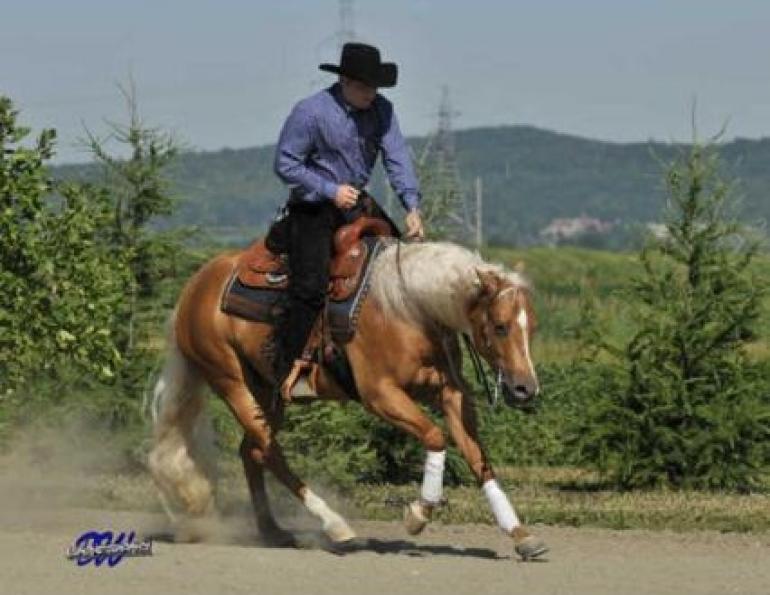
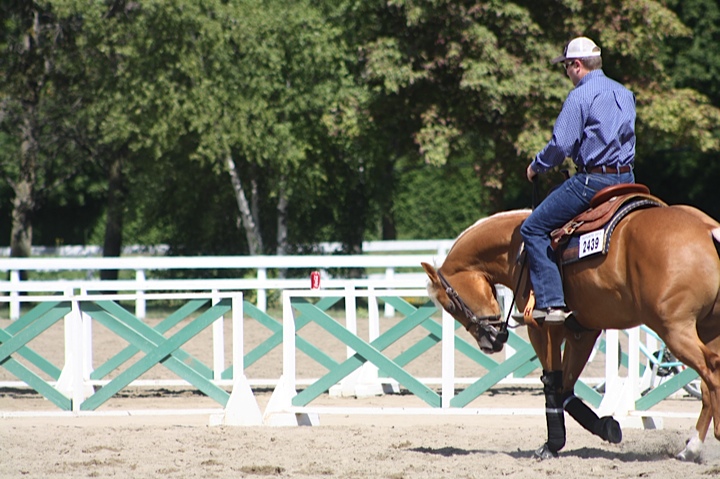 Photo courtesy of Matthew Hudson
Photo courtesy of Matthew Hudson Photo courtesy of Matthew Hudson
Photo courtesy of Matthew Hudson
